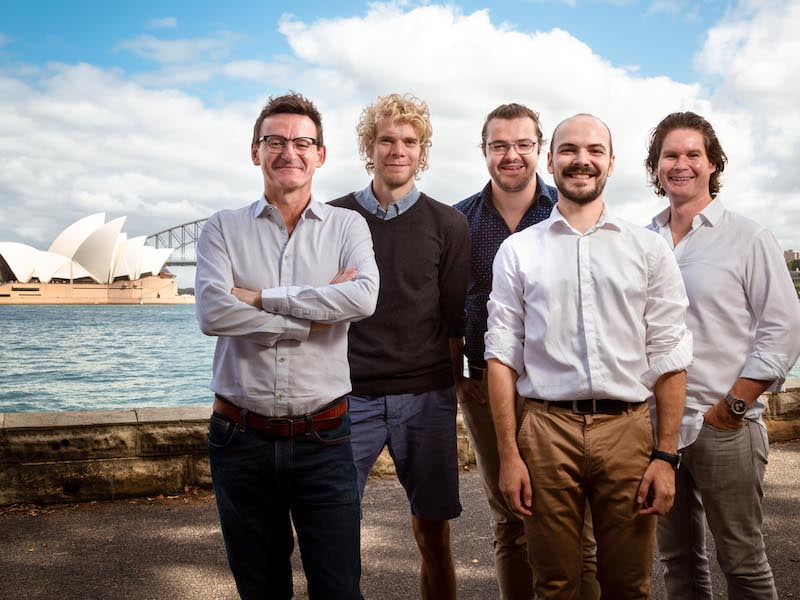News of a new breakthrough in silicon-based quantum computing through a collaboration between UNSW and University of Sydney puts a spotlight on the NSW Government investment in a new Sydney Quantum Academy initiative.
The latest breakthrough, announced overnight in Nature Nanotechnology, saw previous work by quantum scientists at UNSW and University of Sydney combined to produce a demonstration that suggests silicon-based quantum computing continues to overcome hurdles that have slowed its potential to achieve scalable quantum computing performance.

“This paper has combined using a single-gate electrode technique to read-out information – a method developed by David Reilly’s group in 2013 – with the requirement for single-shot readout of qubits that can be manufactured using existing silicon chip technology – a capability we developed in 2014. This mix is very important for scalability,” UNSW’s Professor Andrew Dzurak said in a statement.
“This is a great result that shows that scientific collaboration is key to achieving a fault-tolerant, universal quantum computer,” said Professor Reilly.
“Such a machine will not be built in a single laboratory or a single institute. It will require cooperation on a global scale, working with some of the biggest technology companies in the world.”
Professor Reilly, also a Chief Investigator at the ARC Centre of Excellence for Engineered Quantum Systems and Director of the Microsoft Quantum Laboratory, said: “Our result is real evidence that the critical mass of people in Sydney is creating something greater than the sum of its parts. It’s not just parallel activity at different institutions.”
Last week the NSW Government announced $15.4 million in funding to take advantage of that critical mass and create the Sydney Quantum Academy (SQA). The body is based on a partnership between University of Sydney, UNSW, Macquarie University, and UTS.
“Most of our international competitors excel in just one form of quantum science. But here in Sydney, our universities have strengths across a number of fields such as silicon quantum computing, topological quantum computing, trapped ions, quantum software and nanodiamonds,” NSW Minister for Innovation Matt Kean said at the time.
Deputy Premier John Barilaro pointed to an estimated valuation on the quantum industry in the order of $150 billion globally in the coming decade.
“We want NSW to be a leader in quantum computing and this investment will see universities collaborate and continue the leading work that is already underway here in NSW. We know that for every one quantum computing role created, an estimated five indirect jobs will be generated, these are the jobs of the future,” Mr Barilaro said.
“Sydney already has one of the largest cohorts of quantum research students – and we want to keep them here,” said NSW Chief Scientist & Engineering Professor Hugh Durrant-Whyte.
“The Sydney Quantum Academy will produce the next generation of engineers in quantum technology and cement NSW’s place at the forefront of this revolutionary technology.”
Looking at the team behind today’s research announcement, team members have been attracted to Sydney to be part of the quantum research environment that is already well established here.
Team members from France, the Netherlands, and the US were said to have been attracted to Sydney because of the leading work being undertaken here.
“I can’t think of another city in the world with as many people doing quantum computing,” said Professor Dzurak, who is also Director of the Australian National Fabrication Facility (ANFF) at UNSW and a Chief Investigator in the ARC Centre of Excellence for Quantum Computation & Communication Technology.
“We have teams at UNSW, Sydney, Macquarie and UTS working across the spectrum: on hardware, quantum control, quantum measurement right through to quantum software. It’s all here in Sydney.”
And Professor Reilly pointed to a direct pipeline being established to move from research to commercialisation once the time is right.
“I have a position with Microsoft and Andrew leads a project with Silicon Quantum Computing company. By working together, we are showing strong academic collaboration alongside an emerging quantum economy,” he said.
Do you know more? Contact James Riley via Email.

